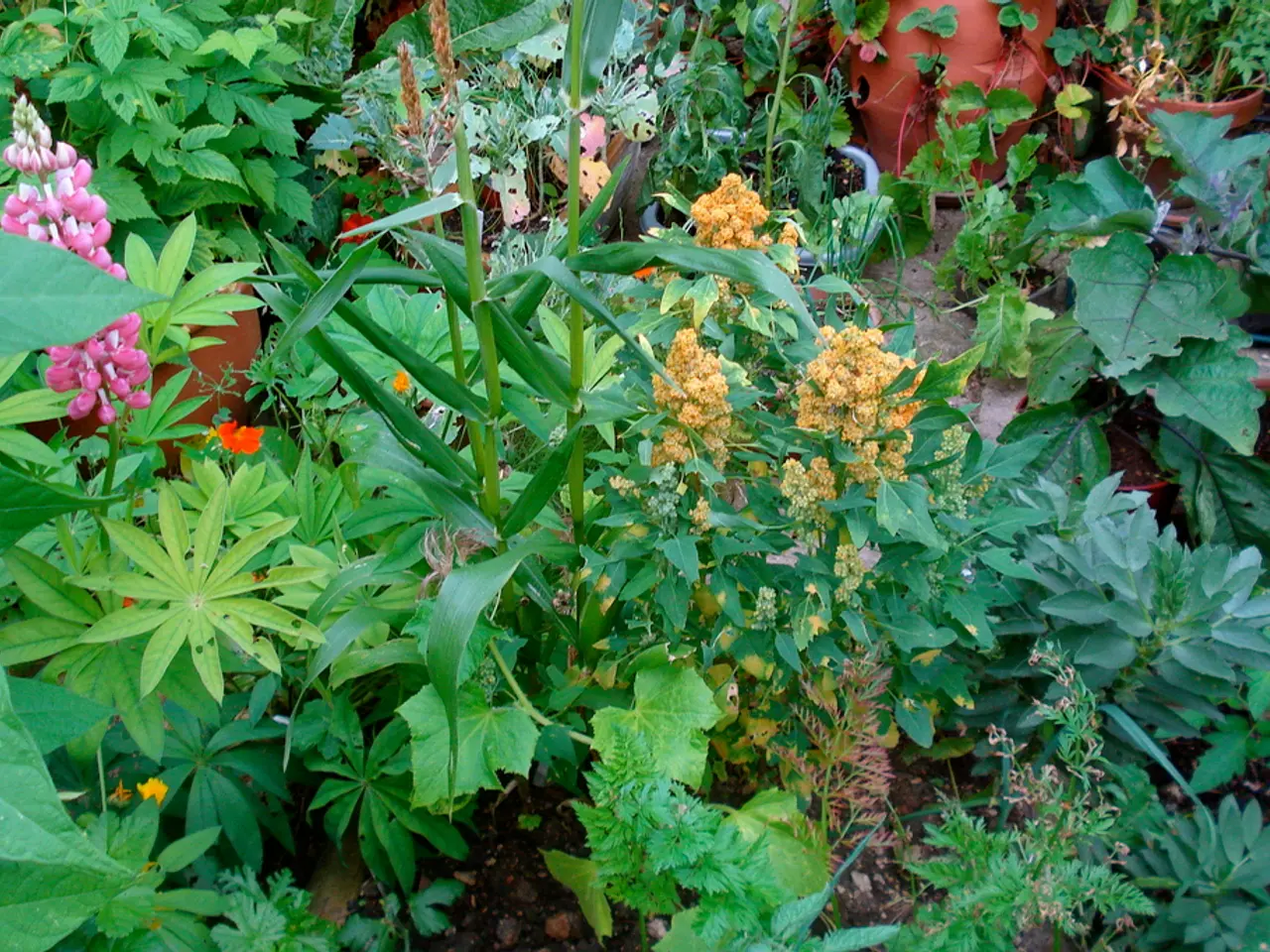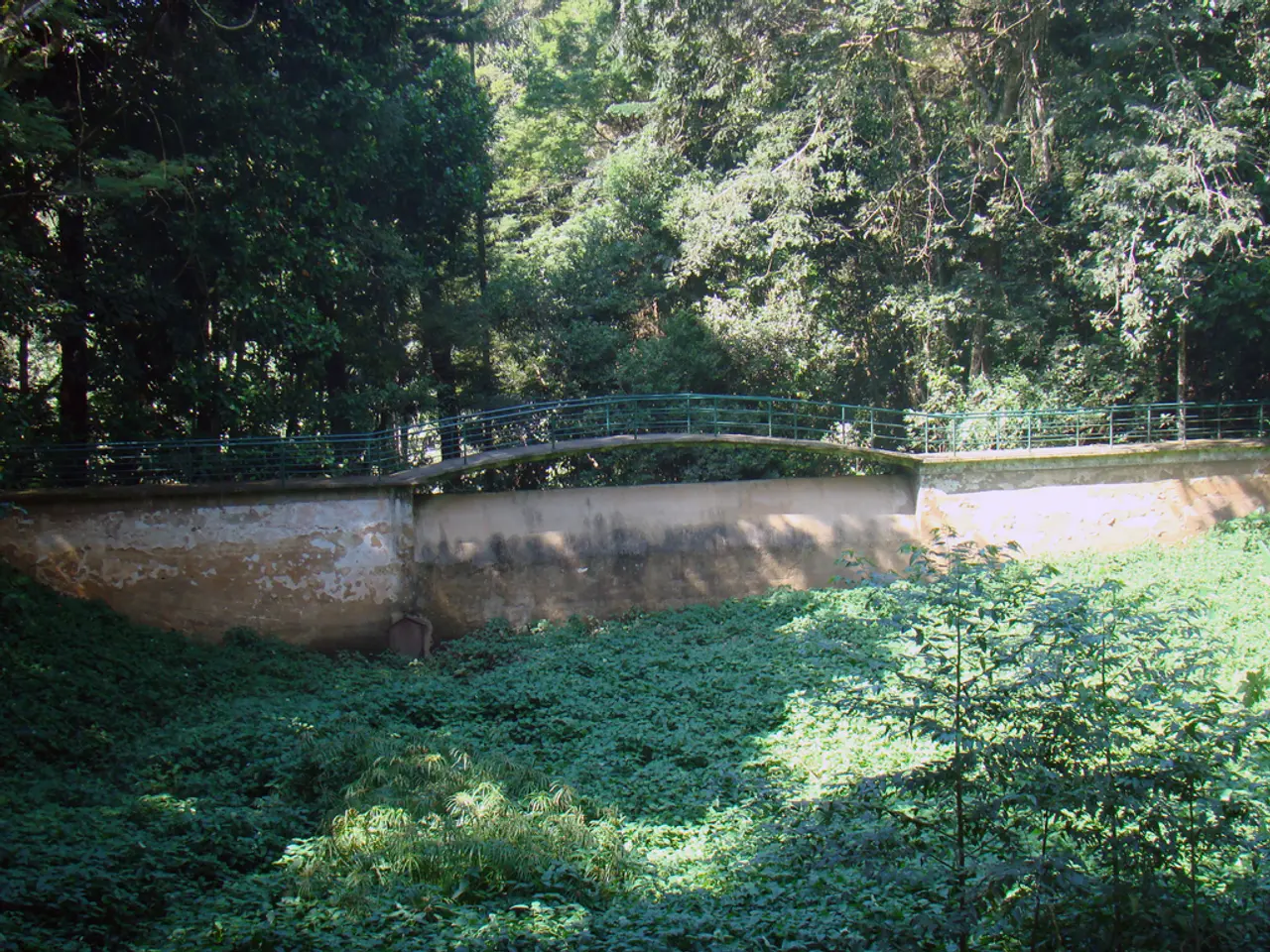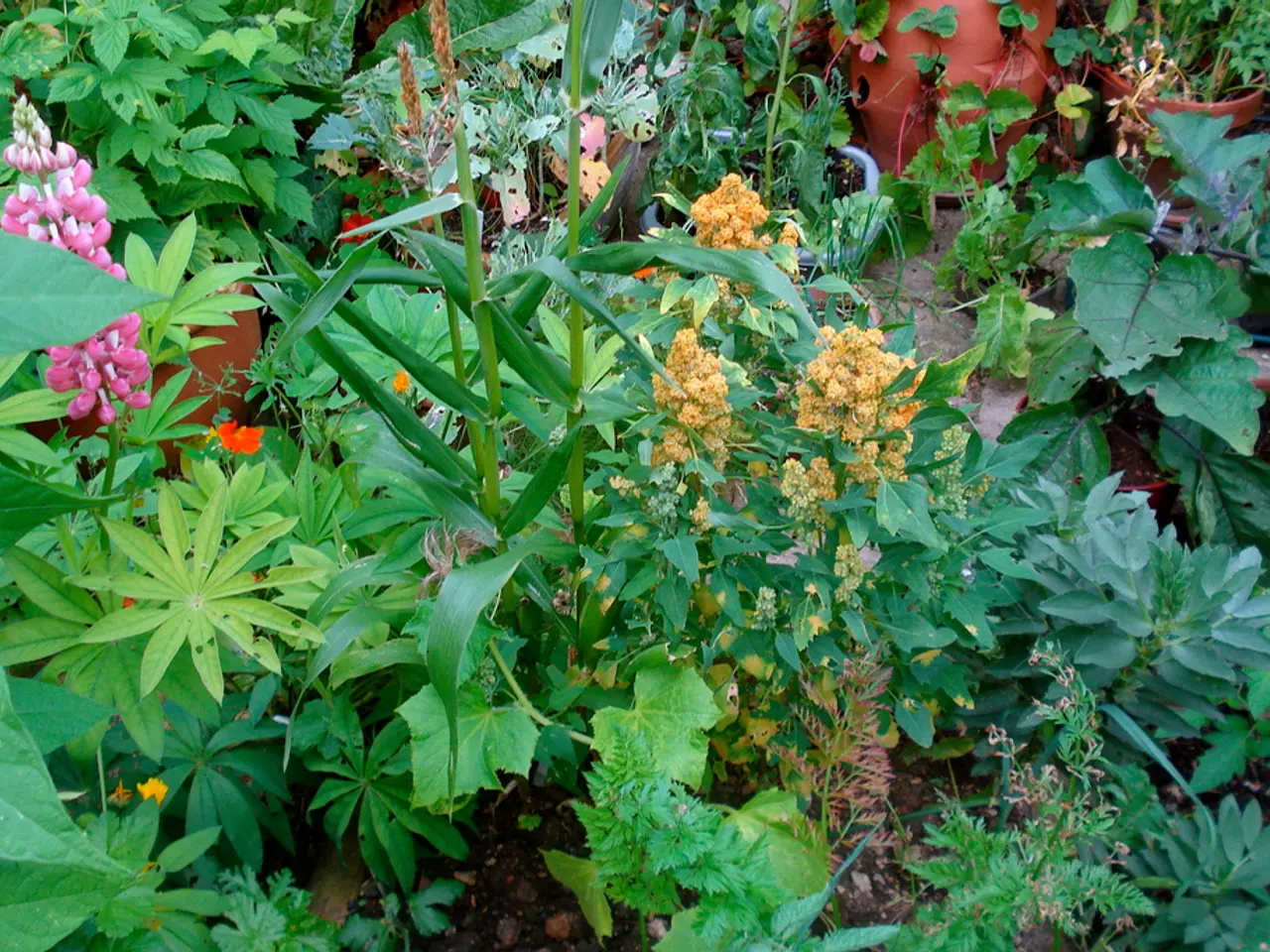Monstera Plant Failing to Produce Split Leaves: Understanding the Root Cause
In the lush, tropical world of houseplants, the Monstera Deliciosa stands out with its distinctive fenestrated leaves. However, these unique features may not always develop as expected, and understanding the factors that contribute to this can help you create the perfect environment for your Monstera to thrive.
1. **Lack of Structural Support** Monsteras are natural climbers, and they need something sturdy to anchor to, like a grow pole or trellis. Without this support, the plant may not feel stable enough to develop fenestrations. Providing a moss pole, trellis, or similar support structure encourages mature growth and leaf splitting.
2. **Insufficient Light** Monsteras need bright, indirect light to thrive and develop mature characteristics such as split leaves. Low light often results in smaller, solid leaves with no fenestrations. Place the plant near a window where it gets plenty of indirect sunlight. Occasional "sun baths" (a few hours outside in mild sun) can also encourage lush growth and fenestration.
3. **Young Plant Age or Immaturity** Fenestrated leaves are a sign of maturity. Young Monstera plants produce solid leaves without splits or holes, and it can take years for fenestrations to appear indoors depending on growing conditions. Patience is key. Ensure optimal care to promote healthy growth, and over time newer leaves will develop fenestrations.
4. **Improper Watering and Humidity** Monsteras prefer moist but well-draining soil and a humid environment. Overwatering or underwatering can stress the plant, causing poor leaf development. Water thoroughly when the topsoil is dry to the touch and ensure good drainage. Maintain humidity with misting, pebble trays, or humidifiers, especially if brown leaf tips appear.
5. **Temperature Stress** Cold temperatures can weaken Monstera stems and leaves, making the plant more brittle and less likely to develop mature fenestrated leaves. Keep temperatures consistently between 65-75°F (18-24°C) and avoid cold drafts or sudden temperature drops.
6. **Inadequate Fertilizer** Monstera plants require supplemental feeding, particularly during spring and summer, as they grow most actively then. A liquid houseplant fertilizer with a higher first number (indicating nitrogen content) is ideal.
7. **Soil Composition** All species of Monstera require moist, well-draining, organic, rich soil.
8. **Native Origin** Monstera plants are native to Central and South America.
By addressing these factors—providing support, adequate indirect light, proper watering and humidity, consistent warm temperatures, and allowing the plant to mature—your Monstera Deliciosa will be more likely to develop its characteristic split and fenestrated leaves.
- By providing a moss pole, trellis, or similar support structure, you can encourage mature growth and leaf splitting in your Monstera Deliciosa, which is a crucial part of home-and-garden gardening and contributes to establishing a desirable lifestyle with this unique and eye-catching houseplant.
- Adequately lighting your Monstera Deliciosa, ensuring bright, indirect light, is essential to developing mature characteristics such as split leaves, necessary for maintaining a lush and attractive houseplant that complements a lifestyle centered around home-and-garden hobbies, specifically gardening.




